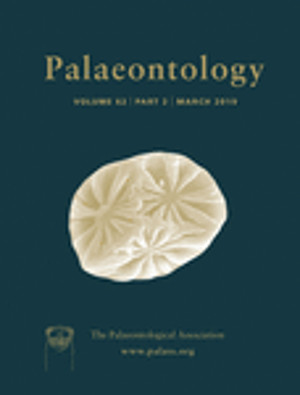Reg. Charity No. 1168330

The shell of the oldest true turtle (Testudinata) branch (Proterochersidae) from the Late Triassic (Norian) of Poland and Germany was built in its anterior and posterior part from an osteodermal mosaic which developed several million years after the plastron, neurals and costal bones. We provide the most detailed description of the shell composition in proterochersids to date, together with a review of the shell composition in other Triassic pantestudinates. A scenario of early evolution of the turtle shell is proposed based on new data, and the possible adaptive meaning of the observed evolutionary changes is discussed. These observations are consistent with the trend of shell simplification previously reported in turtles. Several aspects of proterochersid shell anatomy are intermediate between Odontochelys semitestacea and more derived turtles, supporting their stem phylogenetic position. Three additional ossifications were sutured to xiphiplastra and pelvis in Proterochersis spp. and at least in some individuals the nuchal bone was paired. The peripherals, suprapygals, and pygal bone are most likely to be of osteodermal origin and homologous to the proterochersid shell mosaic.